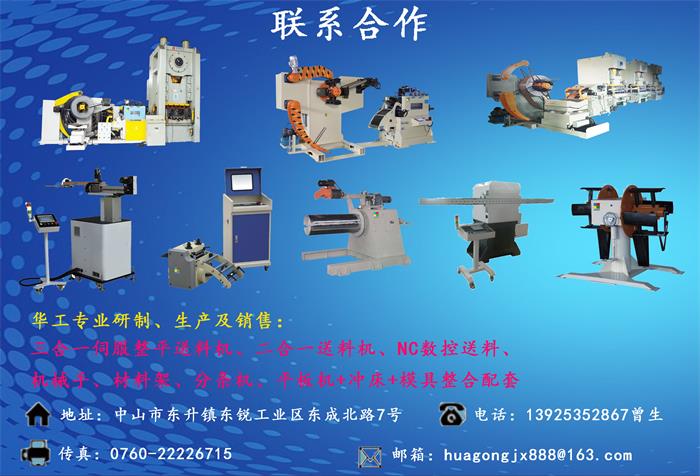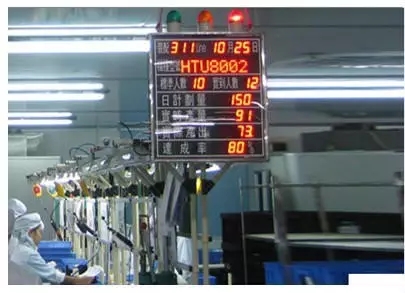NEWS



What is the scene?
The scene contains two factors: "present" and "field"
"Present" means the present, the present, and emphasizes the temporality
"Field" is the meaning of "place" and "location", emphasizing regional
The combination of "present" and "field" is a given area for a certain period of time
For manufacturing enterprises, the scene is the production workshop

Walk into the scene
(1) the "three busy" phenomenon at the scene:
Flurry: on the surface, everyone is very busy, in fact, in doing a lot of things, or do no effect (Xiamang)
Blind: because of too busy, people always do things mechanically, without work direction, efficiency is not high
Confused: the long-term work of the blind leads people to mind numbing, sense of confusion, all day I do not know what they were doing, what are in disorderly fashion
(2) the scene is concerned most with production:
Analyze the status quo - identify bottlenecks - take measures - solve problems - increase production (display capability)
(3) field function: output products.
(4) core elements of site management: 4M1E
Persons (Man): quantity, position, skills, qualifications, etc
Machine (Machine): inspection, acceptance, maintenance, maintenance, calibration
Material (Material): acceptance period, quality, cost
Method (Method): production process, process, operation technique, operation standard
Environment (Environment),:5S, safe operating environment

Golden laws and precious rules of site management
When the problem occurs, go to the scene first
Check the appearance of a thing (relating to it)
Temporary measures were taken on the spot
Dig out the real cause and rule it out
Standardized to prevent recurrence
6 basic principles of production activities
(1) after the project is the customer
The quality of the job is determined by the evaluation of the latter project
Do not accept unqualified, do not make unqualified, do not pass unqualified
(2) necessary production plan;
Annual plan, monthly plan, daily, hourly production as planned: assurance of production plan
(3) completely eliminate waste
Waste means not doing what you can, nor what you can do
(4) standardization of homework
Standard operation book, operation standard book, not standardized
Standardization is the provision of, compliance, and improvement of this regulation, and continuous improvement - - Compliance - - improvement activities can be called standardization
(5) work with added value
The purpose of management is to seek greater value added (profit)
On the spot, we should have the overall situation, distinguish the bottleneck of production, and adopt the best Countermeasures
(6) respond positively to change
Basic requirements - determine the standards, books, and other basic operations, to develop the habit of compliance
Watch before you collect information and take the next steps
Master the skills and strength, expand the strength, improve equipment utilization rate etc.
Daily work on site
(1) quality management on site;
How does the site ensure good quality? 5 principles for avoiding mistakes:
Cancel this assignment
No one does it
Ease homework
inspect
Lower impact
(2) site cost management;
The best way to reduce costs is to eliminate excess resources
Improve quality: quality of work process, reasonable 5M
Increasing productivity to reduce costs: constantly improving
Reduce inventory: liquidity, storage, handling, quality problems, new products
Shorten production line: reasonable production line worker
Reduce machine downtime
Reduce space
Effect of field on total cost reduction
(3) delivery date:
One of the management's main tasks
(4) the contents of the actual operation at the site;
The rationality of the production operation plan, the influence of the production plan on the actual difficulties and the adjustment of the plan
Personnel status, staff skills, production failures caused by material failure, countermeasures and treatment of defective products
Is the component / fixture / production accessory complete, production normal and work method improved?
(5) basic methods on the spot
Depth of line, information flow, understanding of production capacity, attention to staff status, time / action research
(6) matters needing attention on the spot
Abnormal handling of the system, on-site education, interpretation, job responsibilities clear, impartial evaluation of staff
Field management methods of implementation
(1) the main points of daily management
A, pay attention to all management projects
Catch the quality today and get the equipment tomorrow
B and decide on key management projects
Principle: "do not give the next project or customer add unusual", decided the key project
"What degree should we do", "management level setting"?
C, management habits
Quantifying and defining routine tasks and managing habits
(2) daily management methods
P-, D-, C-, A management cycles, such as operations management, goals for production planning, productivity improvement.
P (plan): reach production
D (Implementation): implement plan job settings
C (check): check the difference between the target and the performance
A (action): take countermeasures or improve
(3) site management policy;
A, work slogan of production department:
Do not accept bad, do not make bad, do not pass bad!
B, quality management policy:
Quality first, efficient, punctual, customer satisfaction, and constantly improve.
C, production management policy:
Innovate technology, improve production process, scientific management, strengthen operation harmony, tap potential, fully arouse enthusiasm, pursue excellence, and improve production efficiency in an all-round way.
D, management requirements:
Has implemented the post responsibility system as a foundation, implements the entire staff responsibility contract system
The task is dead, conditional to carry out, no conditions to create, but also the implementation of the conditions
What is decided is right, if there is doubt, afterwards
Must be in place, and should be timely.
(4) self-management
Work in the mindset of doing things for yourself
Self responsibility, take their own idea in the standard case
Pass the buck
Work on the basis of self and complete the task
(5) three test
A, its function is to realize "three not"". (do not accept bad, do not make bad, do not pass bad)
B, to achieve "double check", relying on self-management:
The importance of instilling "double check"
Random spot checks
When problems arise, it emphasizes the responsibilities of both sides of the "double check"
(6) repair work;
"A" and "repair operation" refer to the corrective actions against defective products.
B, through the repair, draw inferences from others, put forward feedback, to prevent recurrence.
C, working hard, not necessarily the best.
D and repairman are the managers of production department, especially the cradle of team leader.
Management of E and repair products:
The repaired goods should be re checked by the original inspection station
Appropriate identification of repairs
Repair found in many repairs or major hidden dangers should be reported immediately
(7) implement the work instruction;
A and team leader should be familiar with operation instruction and instruct staff;
B may not be the best way, but as a standard, operators must comply with it at any time.
C, if you have a better method, you can make amendments to it until the amendment is approved.
"D", "5 he's law."":
Tell him
Show him
Let him try
Confirm it for him
Give him credit
(8) seize the main line of the scene
A.

Management of operation daily
(1) role
Delivery, quality, safety, cost management, and many other project management tools
Facilitate communication and exchange of information with superiors and other departments
Information that is traced as a cause when a variety of anomalies or problems arise
To help managers to grasp the actual situation at the scene
